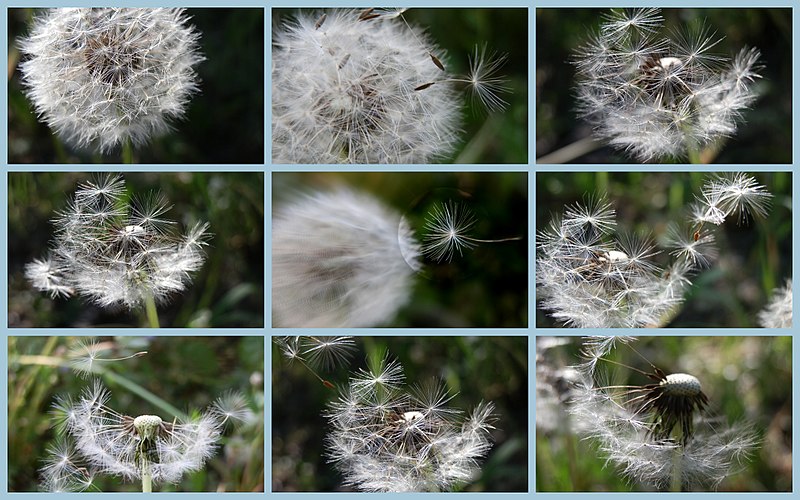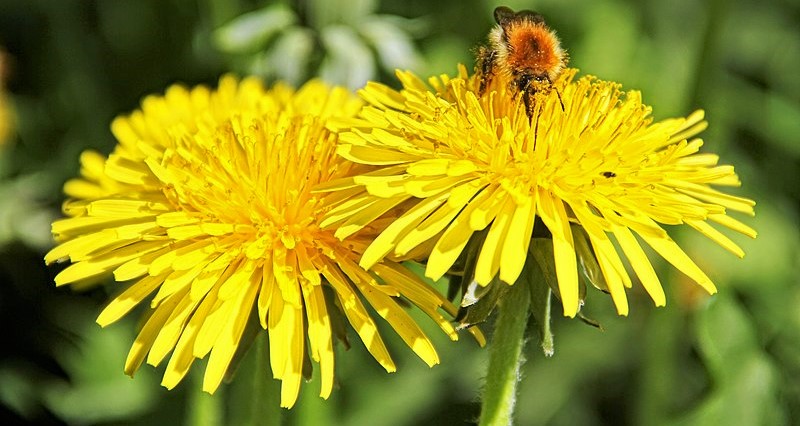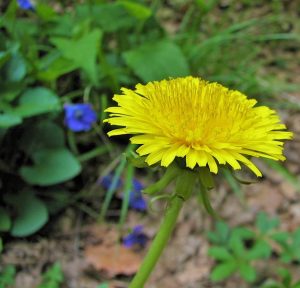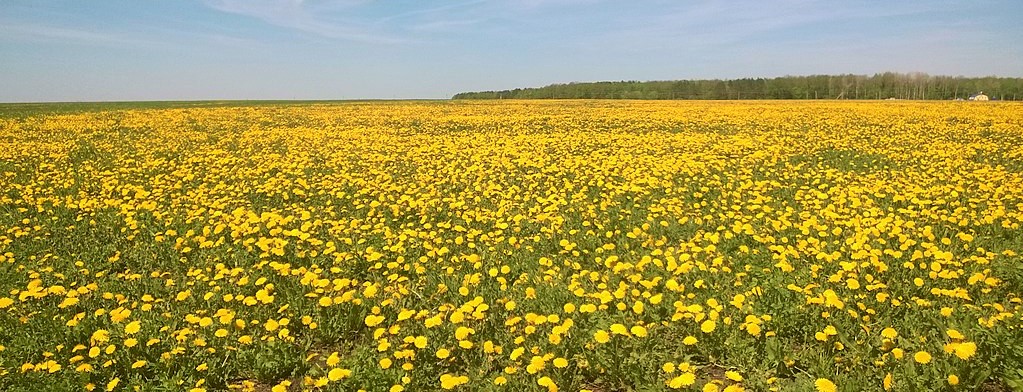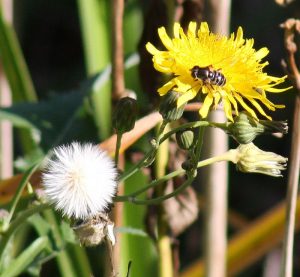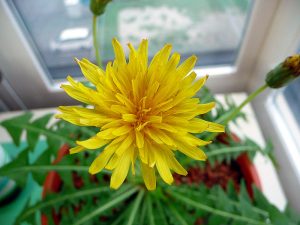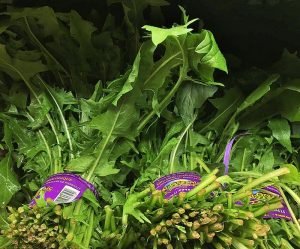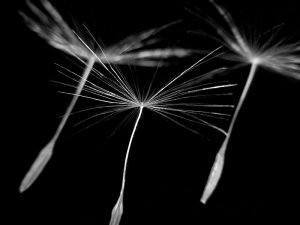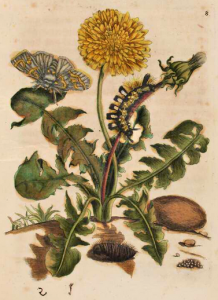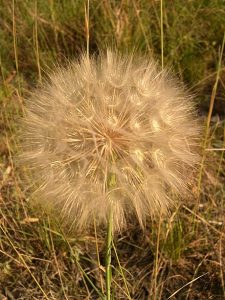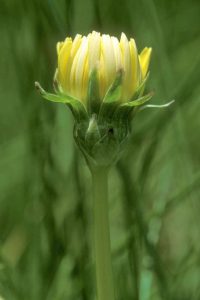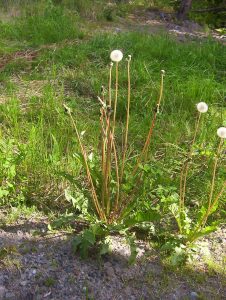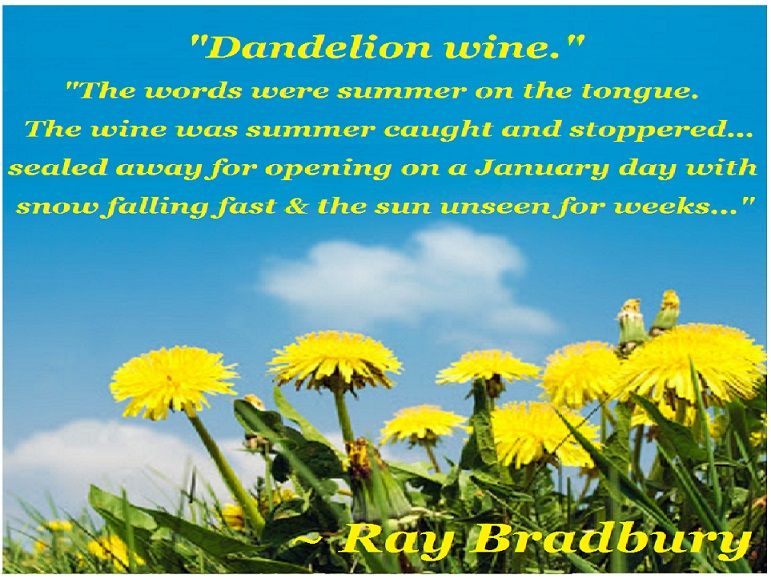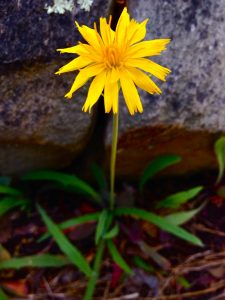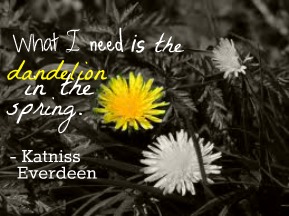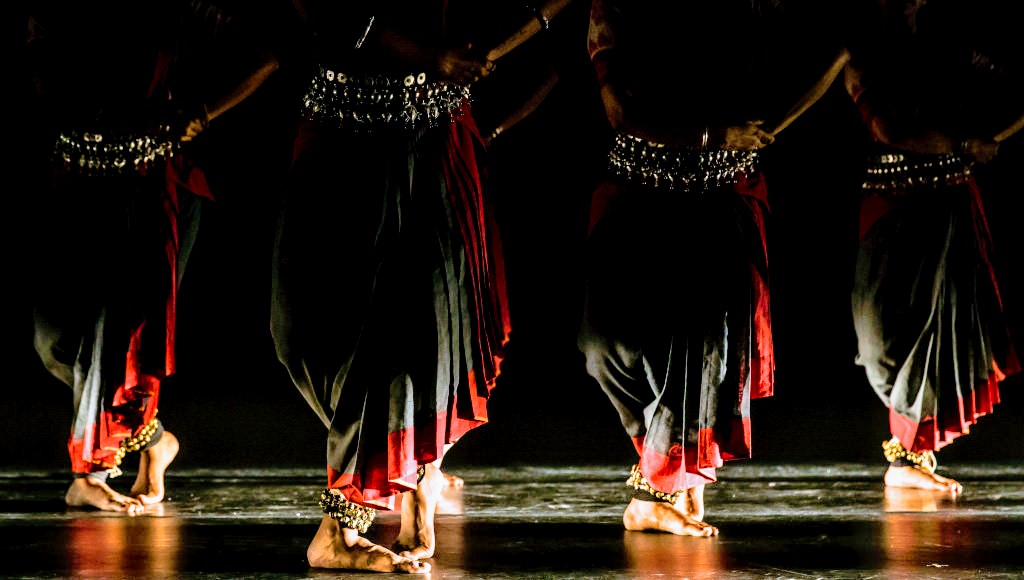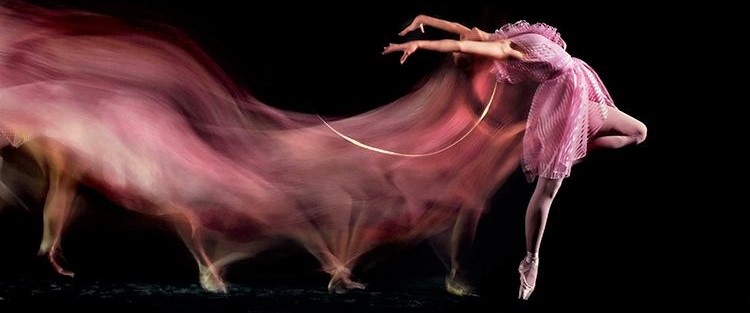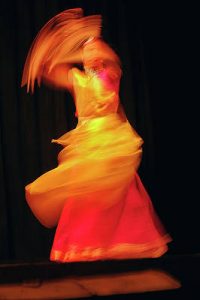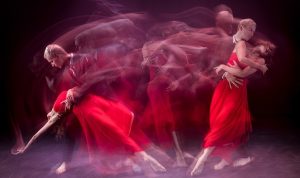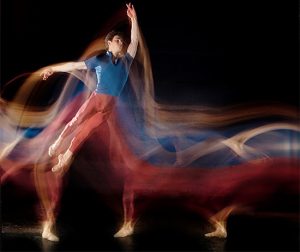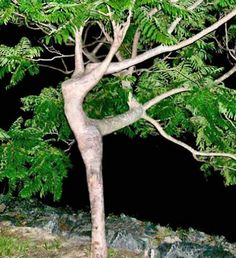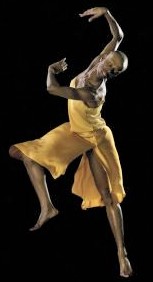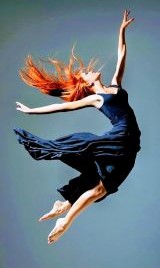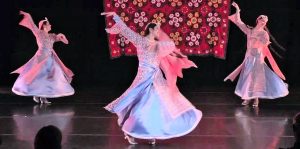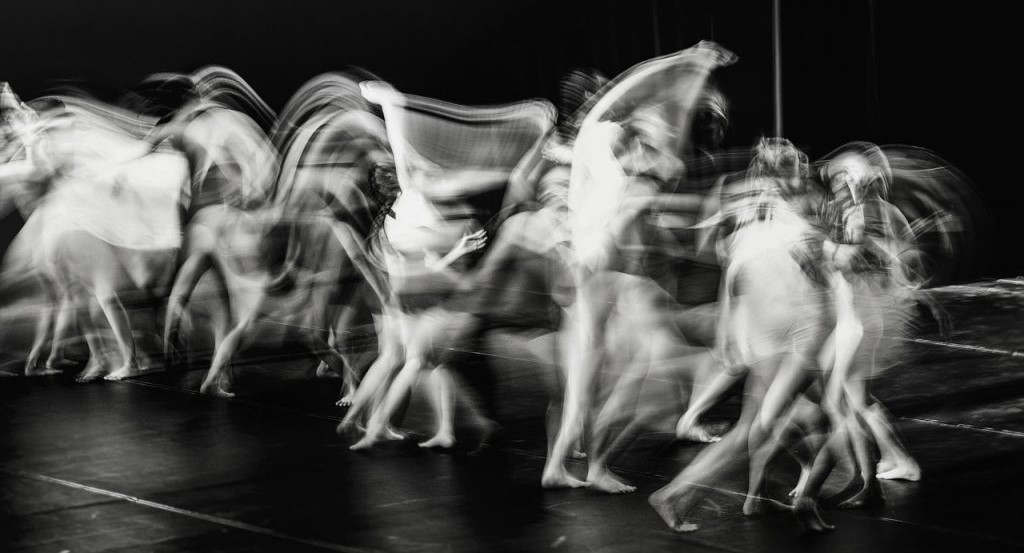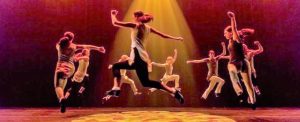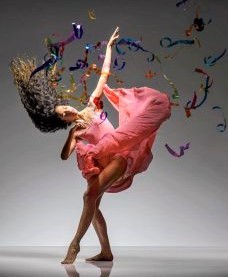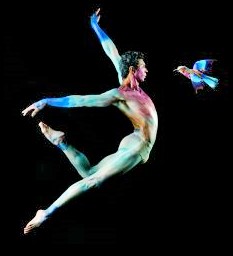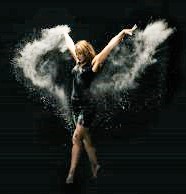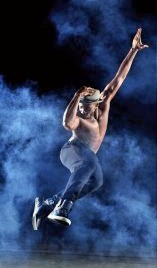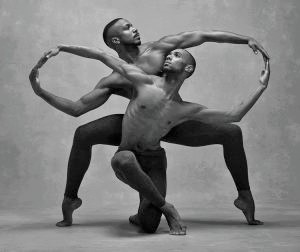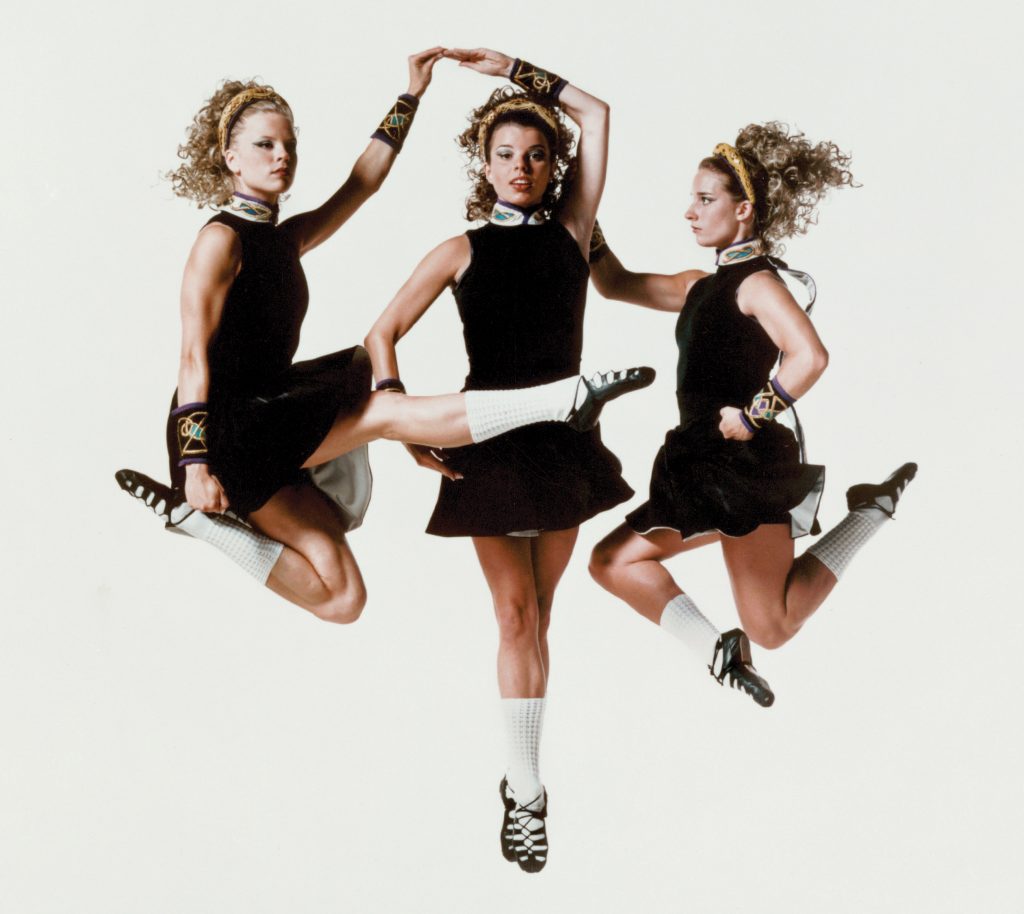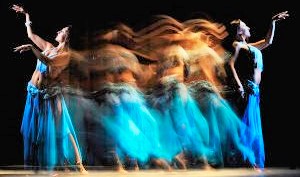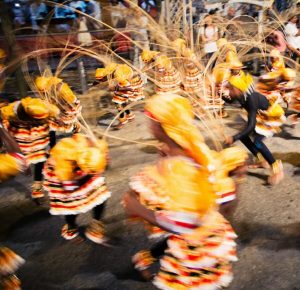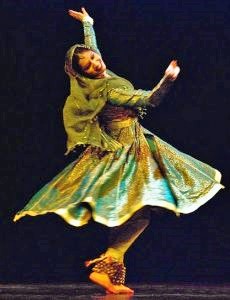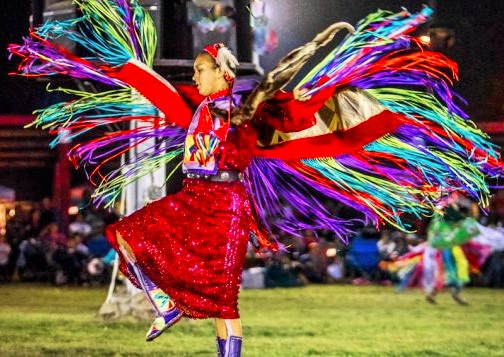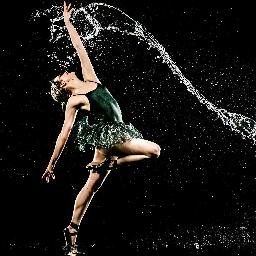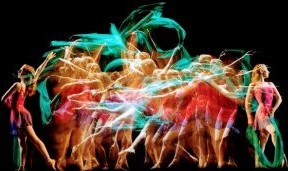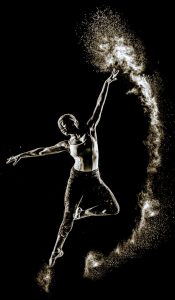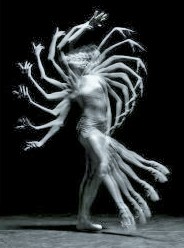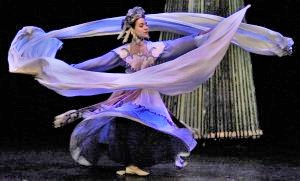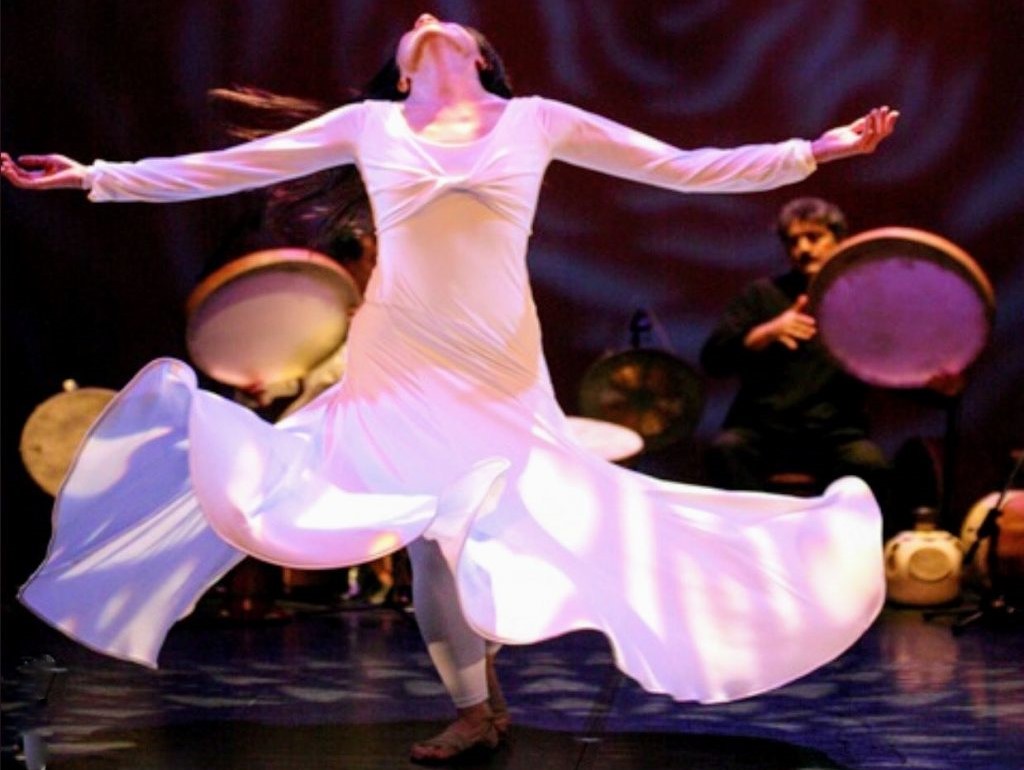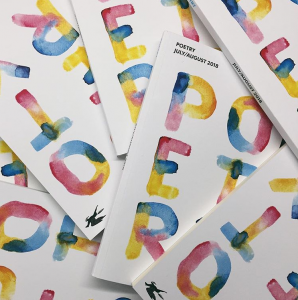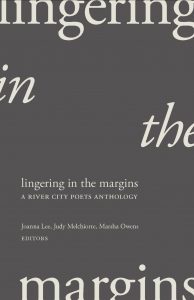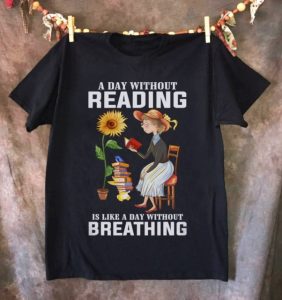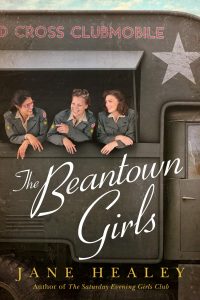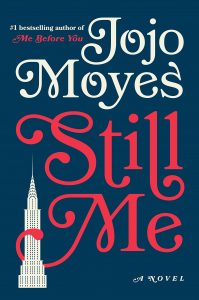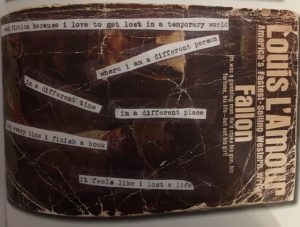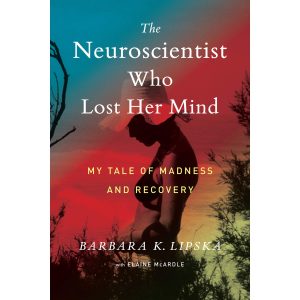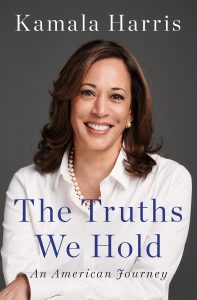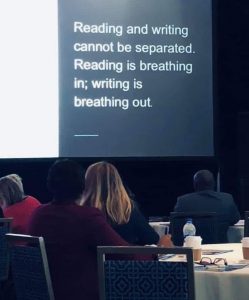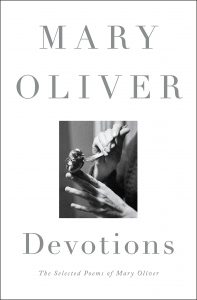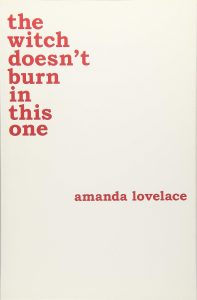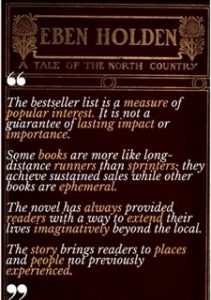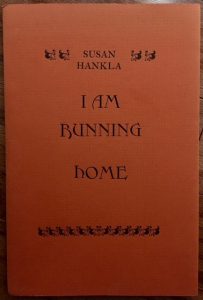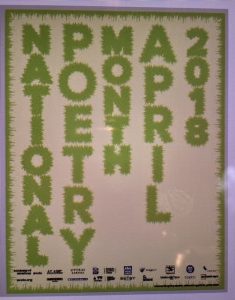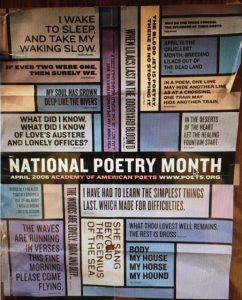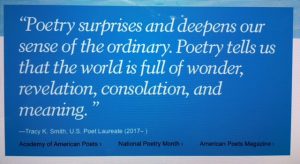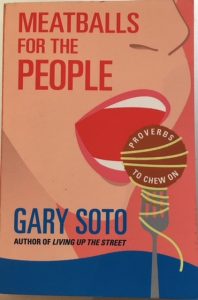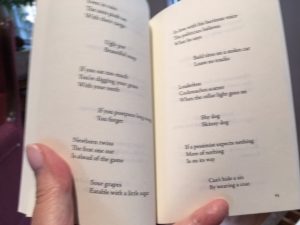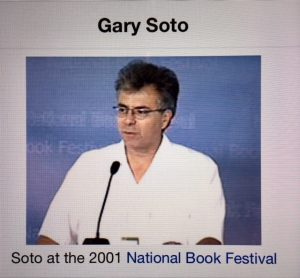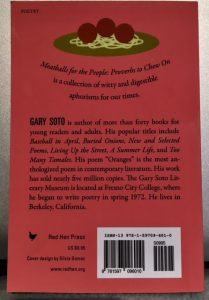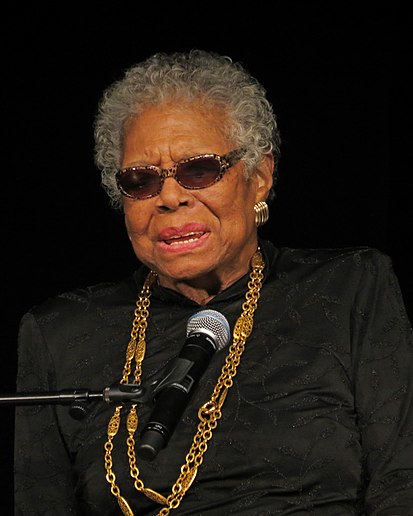On Wednesday I saw my first dandelion (Taraxacum officinale) of the season—and my thoughts have been returning to it since! Is that weird our what? It turns out that in being struck by the first dandelion I’m not alone.
Poetic Dandelions
“The First Dandelion” by Walt Whitman
Simple and fresh and fair from winter’s close emerging,
As if no artifice of fashion, business, politics, had ever been,
Forth from its sunny nook of shelter’d grass—innocent, golden, calm as the dawn,
The spring’s first dandelion shows its trustful face.
Indeed, if you look up poetry about dandelions on discoverpoetry.com, you will find the following:
Most Famous Dandelion Poems
- The First Dandelion by Walt Whitman
- To the Dandelion by James Russell Lowell
- The Dandelion by Vachel Lindsay
Short Dandelion Poems
- Dandelion by Hilda Conkling
- The First Dandelion by Walt Whitman
- I’m a Pirate by Annette Wynne
- The Dandelion by Vachel Lindsay
- The Dandelions by Helen Gray Cone
- The Hawkbit by Charles G. D. Roberts
- Dandelions in the Sun by Annette Wynne
Dandelion Poems for Kids
- Dandelion by Nellie M. Garabrant
- Dandy Dandelion by Christopher Morley
- I’m a Pirate by Annette Wynne
- Little Dandelion by Helen Barron Bostwick
- Dandelions in the Sun by Annette Wynne
Imaginative and Fun Dandelion Poems
- The Dandelion by Vachel Lindsay
- Dandy Dandelion by Christopher Morley
- Dandelion by Nellie M. Garabrant
- The Dandelions by Helen Gray Cone
- I’m a Pirate by Annette Wynne
- Little Dandelion by Helen Barron Bostwick
- The Dandelion by Ida Celia Whittier
- Dandelions in the Sun by Annette Wynne
- Dandelions by Florence May Alt
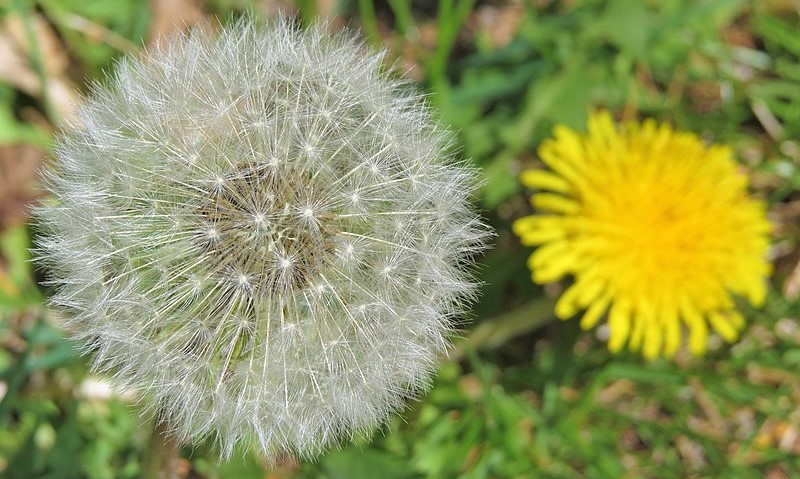
But dandelions are more than just pretty faces! More than harbingers of spring. More than cheerful chips of sunshine come to yards and roadsides.
Delicious Dandelions
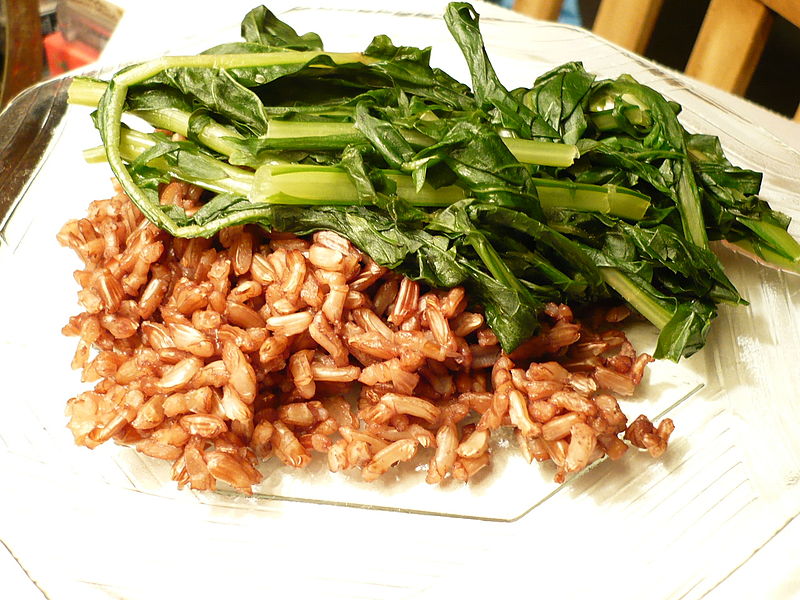
Have you eaten a dandelion recently? When I was a child, a “mess of greens” meant dandelions. But that fell by the wayside before I even reached adulthood. Something to reconsider?
Botanists consider dandelions to be herbs. People use the leaves, stem, flower, and root—raw or cooked—for various purposes. It’s one of the earliest edible plants to emerge in the spring. Native Americans and early European colonists eagerly awaited this addition to their diets.
The bitterness of raw dandelion leaves is similar to arugula—thus not for everyone. If raw dandelion leaves don’t appeal to you, they can also be steamed or added to a stir-fry or soup, which can make them taste less bitter. The flowers are sweet and crunchy, and can be eaten raw, or breaded and fried, or even used to make dandelion syrup or wine.
And dandelions are safe! There are no poisonous lookalikes for the common dandelion. Dandelions are found on 6 continents and have been gathered for food since prehistory, but the varieties commercially cultivated for consumption are mainly native to Eurasia and North America. A perennial plant, its leaves grow back if the taproot is left intact (to many gardeners’ frustration). You can forage your yard!
So, people can consume dandelions in many ways and forms. But why would you?
Health Benefits of Dandelions
In terms of nutritional content, from root to flower, dandelion are highly nutritious plants, loaded with vitamins, minerals and fiber. Dandelion greens can be eaten cooked or raw and serve as an excellent source of vitamins A, C, and K. They also contain vitamin E, folate, and small amounts of other B vitamins. What’s more, dandelion greens provide a substantial amount of several minerals, including iron, calcium, magnesium, and potassium.
- Antioxidants
- Dandelions contain beta-carotene, which is an antioxidant that helps protect cells from damage. Research shows that carotenoids such as beta-carotene play a vital role in reducing cell damage.
- The flower of the dandelion is also full of polyphenols, which are another type of antioxidant.
- Blood pressure
- Dandelions are a good source of potassium. There is clinical evidence that shows that potassium can help reduce blood pressure. For example, research has found that people taking a potassium supplement saw a reduction in their blood pressure, especially if they already had high blood pressure.
- Blood sugar
- There is some evidence to suggest that dandelions contain compounds that may help with regulating blood sugar.
- Bones
- Very little research has been conducted on dandelion’s effect on bone health, though some of its individual nutritional components contribute to the maintenance of strong, healthy bones. Dandelion greens are a good source of calcium and vitamin K — both of which are associated with the prevention of bone loss. Inulin, a fiber found in dandelion root, may also support healthy bones through improved digestion and the promotion of healthy gut bacteria.
- Cancer risk
- So far, studies have looked at dandelion’s impact on cancer growth in test tubes and found that it may help with slowing the growth of colon cancer, pancreatic cancer, and liver cancer. As with other potential benefits, more research is required to show how effective dandelions can be as part of cancer treatment.
- Cholesterol
- Dandelions contain bioactive compounds that may help lower a person’s cholesterol.
- So far research has been with animals. However, testing on humans is still needed.
- Digestion
- Some people use dandelion as a traditional remedy for constipation and other digestion issues. The root of the dandelion is rich in the carbohydrate inulin, which is a type of soluble fiber found in plants that supports the growth and maintenance of a healthy bacterial flora in your intestinal tract.
- Immune system
- Researchers have found that dandelions show both antiviral and antibacterial properties. For example, one 2014 study found that dandelions help limit the growth of hepatitis B in both human and animal cells in test tubes.
- Inflammation
- Some studies indicate that dandelion extracts and compounds may help reduce inflammation in the body.
- Skin
- Some research indicates that dandelion may help protect the skin from sun damage.
- Weight control
- Dandelion could help people achieve their weight loss goals, based on the plant’s ability to improve carbohydrate metabolism and reduce fat absorption.
- Strong evidence to support this claim is lacking, however.
Dandelion root is often dried and consumed as a tea but can also be eaten in its whole form. The root can also be dried and roasted to be made into a substitute for coffee. Dandelion wine is considered quite a delicacy among those who know these things.
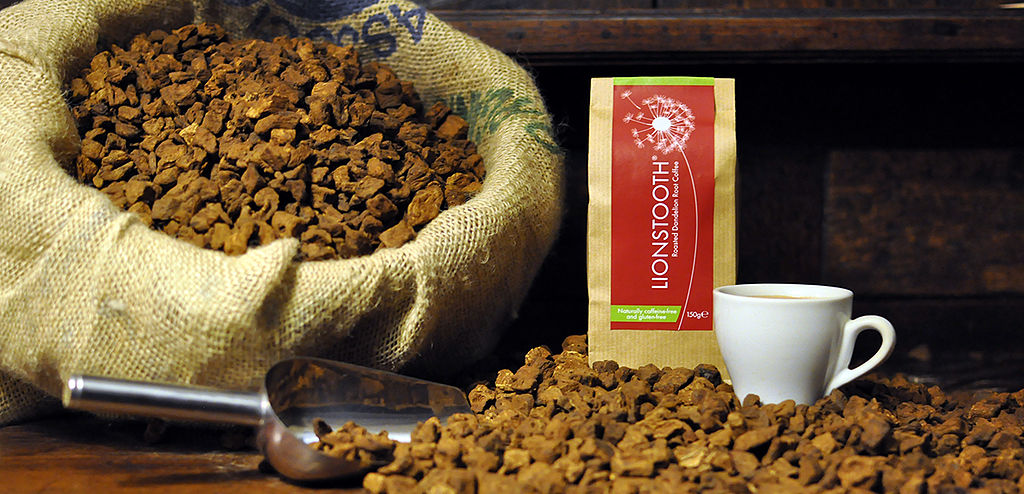
But Beyond Food
Because dandelions can endure almost any living condition, they represent overcoming every hardship by standing strong and proud. The word “dandelion” comes from the French name for the flower: ‘dent de lion’ or ‘teeth of the lion.’
- Dandelion Symbolism
- Healing from emotional pain and physical injury alike
- Intelligence, especially in an emotional and spiritual sense
- The warmth and power of the rising sun.
When dandelions start popping up on your front lawn, consider it to be an omen of good luck. That is because Dandelion belongs to the planet Jupiter which is the planet of wealth.
Throughout the ages, dandelions have been used for divination, as a way to tell fortunes or make wishes.
If you rub a dandelion under your chin and your skin turns yellow, you like butter — at least according to an old wives tale found in cultures worldwide. Dandelions are the favorite flower of children
In The Hunger Games, the dandelion becomes a symbol of hope for Katniss, and evidence of her resourcefulness and expert foraging. When she sees the field of dandelions, she gains confidence in her ability to feed her family.
Whole essays have been written on dandelions as our favorite weeds. Indeed, there are whole worlds of dandelion info out there. Seek and ye shall find.
BOTTOM LINE: Dandelions are ubiquitous. Surely there is a place for them in your life and/or writing!
